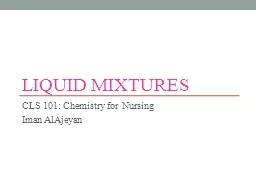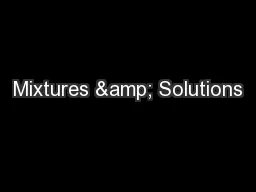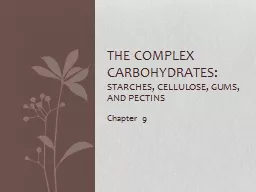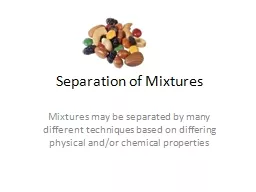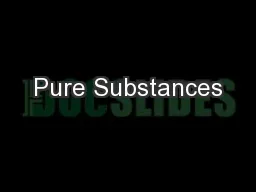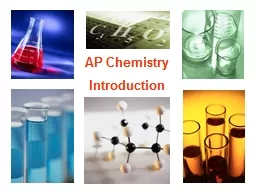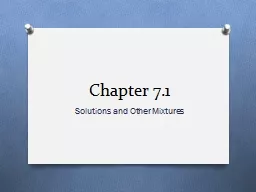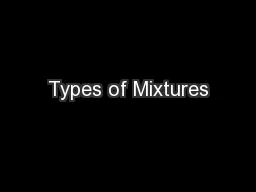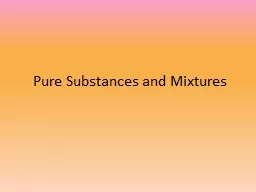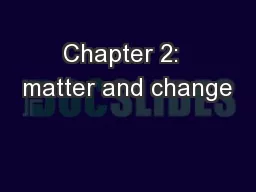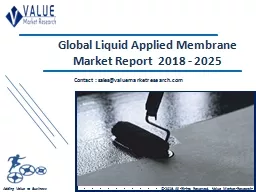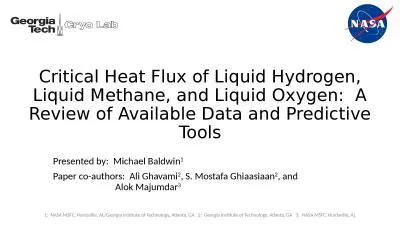PPT-Liquid Mixtures
Author : faustina-dinatale | Published Date : 2016-05-01
CLS 101 Chemistry for Nursing Iman AlAjeyan Mixtures A mixture is a material system made up by two or more different substances which are mixed together but are
Presentation Embed Code
Download Presentation
Download Presentation The PPT/PDF document "Liquid Mixtures" is the property of its rightful owner. Permission is granted to download and print the materials on this website for personal, non-commercial use only, and to display it on your personal computer provided you do not modify the materials and that you retain all copyright notices contained in the materials. By downloading content from our website, you accept the terms of this agreement.
Liquid Mixtures: Transcript
Download Rules Of Document
"Liquid Mixtures"The content belongs to its owner. You may download and print it for personal use, without modification, and keep all copyright notices. By downloading, you agree to these terms.
Related Documents

